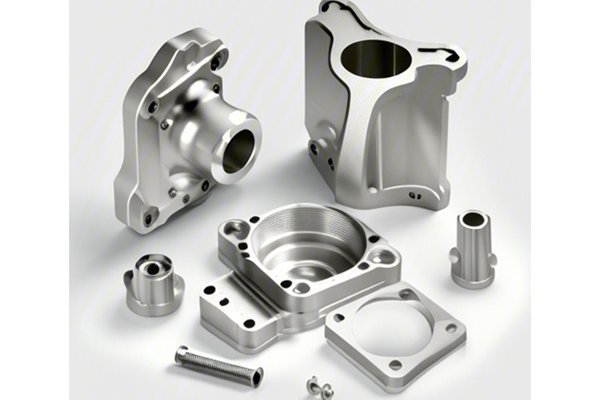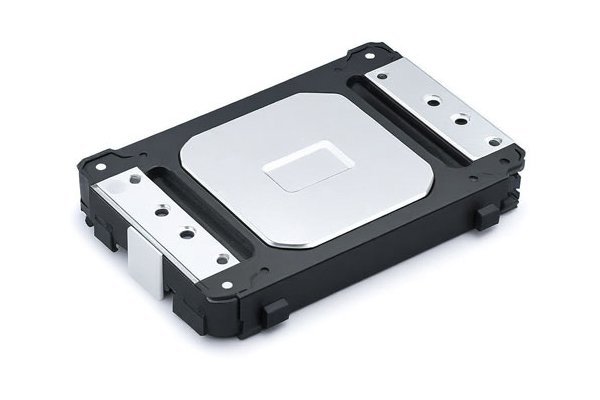Did you know that nearly 30% of all CNC machining failures can be attributed to material deformation and shrinkage? This staggering statistic highlights the critical need for precision and control in the CNC milling industry. Whether you’re a seasoned professional or a novice engineer, the ability to mitigate these common issues can mean the difference between a successful prototype and a costly failure. But how can one ensure the integrity of their materials throughout the CNC milling process?
In this comprehensive blog post, we will dissect the causes of deformation and shrinkage in CNC milling prototypes, delve into practical strategies to avoid these pitfalls, and provide step-by-step guidance to ensure accurate dimensions in your prototypes. By the end of our exploration, you’ll be equipped with the knowledge to enhance your CNC milling processes dramatically.
Understanding Deformation and Shrinkage in CNC Milling
Before we dive into solutions, it’s essential to define what we mean by deformation and shrinkage in the context of CNC milling.
Deformation
Deformation refers to the change in shape or size of a material under stress. In CNC milling, deformation can occur due to various factors, including:
Shrinkage
Shrinkage, on the other hand, is typically associated with changes in temperature and phase transitions in materials, causing them to contract. Relevant factors include:
The Importance of Addressing Deformation and Shrinkage
CNC milling prototypes are often the first tangible representation of an engineering design. Thus, ensuring their dimensional accuracy and integrity is crucial. Failing to do so can lead to:
In this blog, we will outline actionable strategies to mitigate these issues effectively.
Strategies to Avoid Material Deformation and Shrinkage
One of the first steps in mitigating deformation and shrinkage begins with choosing the right material. Here are some pointers to consider:

The tool path can significantly impact how the material behaves during milling.
Temperature management is critical in preventing deformation and shrinkage.
How you secure your workpiece can also influence deformation.
Once your prototypes have been machined, consider these techniques to maintain their accuracy.
As with any manufacturing process, continual monitoring and adjustments are paramount.
A knowledgeable team is fundamental in recognizing and preventing deformation and shrinkage.
Avoiding deformation and shrinkage in CNC milling prototypes is crucial for delivering accurate and high-quality products. By meticulously selecting materials, optimizing tool paths, managing temperatures, designing efficient fixtures, applying post-machining treatments, continuously monitoring processes, and educating your team, you can effectively mitigate these challenges.
In the competitive landscape of CNC machining, its essential to invest time and resources into honing your practices and understanding the critical factors that influence your prototypes’ dimensions. Remember, the integrity of your prototypes is not just about material choice or machining speed; it’s about maintaining a balance throughout the entire process, from selection and machining to finishing.
As you move forward in your CNC milling projects, consider the insights offered in this blog. The importance of avoiding deformation and shrinkage cannot be overstated; embracing these techniques can lead to superior prototypes, minimized costs, and elevated customer satisfaction. Your prototypes are a reflection of your skilled craftsmanship—dedicate the effort to ensure they meet the highest standards!






